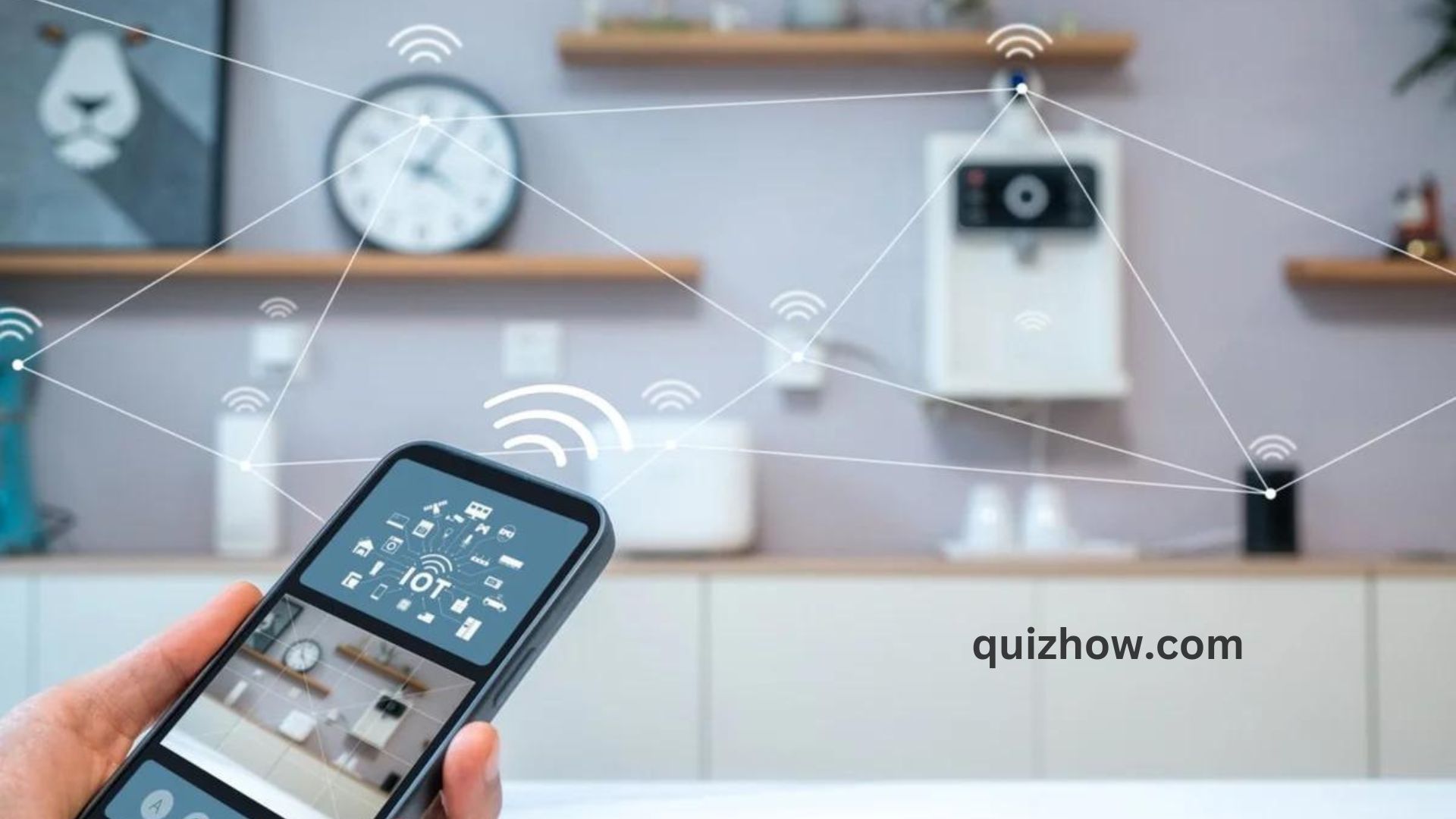Curious about setting up a smart home? Smart home tech can make life easier by automating everyday tasks and connecting devices to improve convenience, energy efficiency, security, and comfort.
The best part? You don’t have to spend a fortune to enjoy these benefits. You can create a smart home on a budget without breaking the bank.
In this guide, we’ll help you figure out what you need, set a sensible budget, and choose affordable smart devices for a cost-effective smart home setup.
Assessing Needs and Setting a Budget
To start creating a smart home, first figure out which parts of your home could benefit from smart technology. Think about what you want to achieve: better security, energy savings, or more convenience?
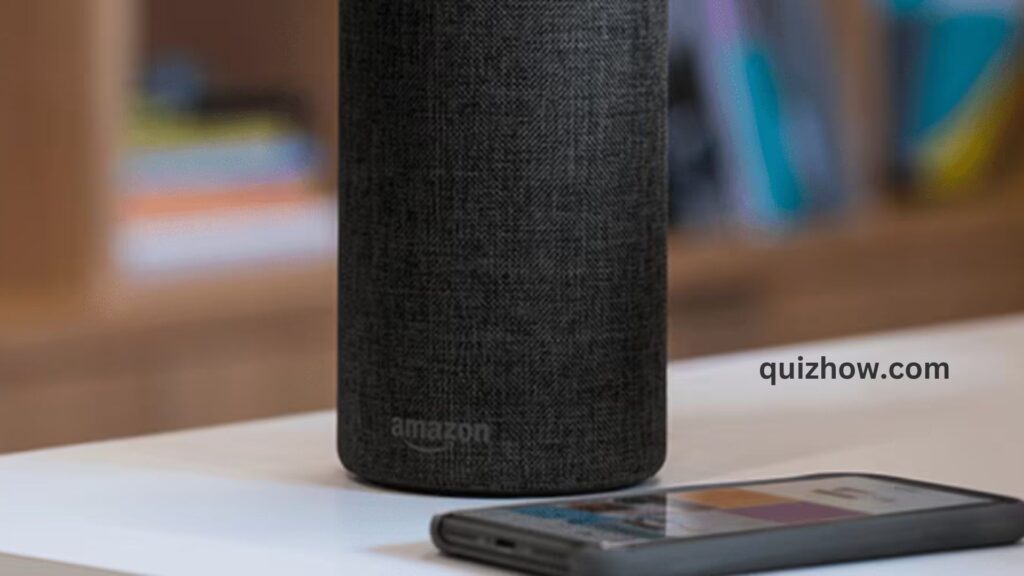
For example, smart thermostats and lights can help you save on energy bills. Smart locks and security cameras can make your home safer, while smart speakers can help manage daily tasks with voice commands.
Once you know what you need, set a budget to avoid overspending while still reaching your smart home goals. Start by listing the smart devices you’re interested in, like plugs, bulbs, cameras, and thermostats. Check out the prices and compare brands to find the best deals. Don’t forget to factor in ongoing costs, such as subscription fees for security services.
Here are some budget-friendly tips:
- Prioritize Your Needs: Focus on devices that will make the biggest difference in your daily life. If saving energy is key, a smart thermostat or efficient lighting might be the best place to start.
- Start Small: You don’t have to upgrade everything at once. Begin with a few devices and add more as your budget allows. This way, you can get used to the technology without spending too much upfront.
- Look for Deals: Keep an eye out for sales, discounts, and bundles. Major shopping events like Black Friday, Diwali, and Cyber Monday often have great deals.
- DIY Installation: Installing devices yourself can save you money. Many smart devices are designed for easy setup, so you can skip the professional installation.
Researching Affordable Smart Devices
There are plenty of affordable smart home gadgets that offer great features without costing a fortune.
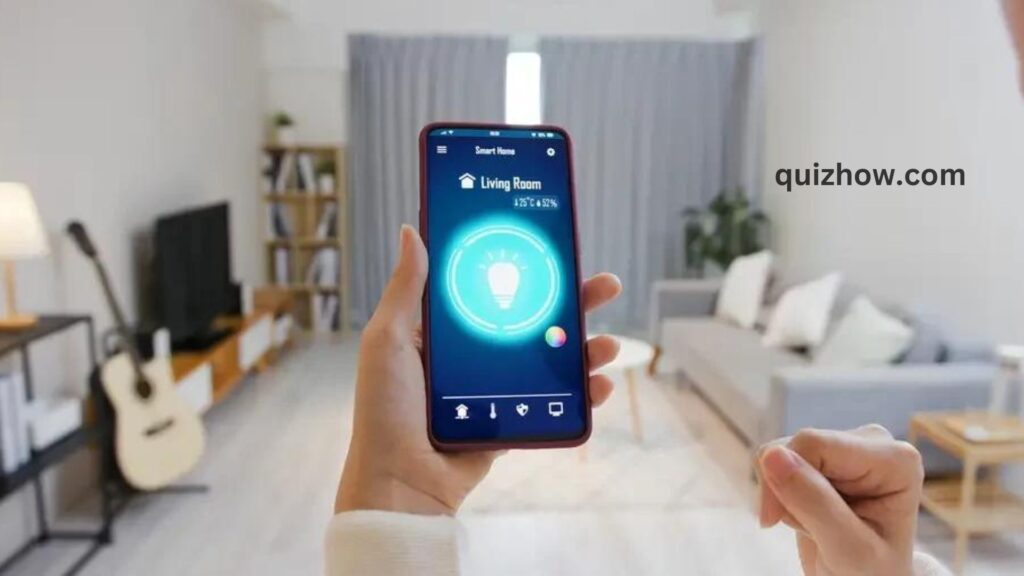
Smart plugs are a fantastic starting point. They’re budget-friendly and let you control your appliances remotely. Brands like TP-Link and Kasa make smart plugs that work well with popular smart home systems like Amazon Alexa and Google Assistant.
Smart bulbs are another easy upgrade. Philips Hue and Wyze bulbs let you adjust the lighting and control it through your smartphone, making them both convenient and energy-efficient.
For home security on a budget, check out the Wyze Cam v3 and Blink Mini. These cameras offer features like motion detection, night vision, and cloud storage without the high price tag of premium models.
If you’re interested in smart thermostats, the Google Nest Learning Thermostat and the Wyze Thermostat are both great options. They offer energy-saving features, are easy to install, and work with major smart home platforms—all at a reasonable price.
When choosing devices, compare their features, compatibility, and prices. For example, while the Google Nest Learning Thermostat has advanced energy management features, it might cost more than the Wyze Thermostat. Both work with platforms like Alexa and Google Assistant, so they fit well into your existing smart home setup.
Also, make sure your smart devices can communicate with each other. Using devices that support common platforms like Alexa, Google Assistant, or Apple HomeKit will help keep everything compatible and make controlling your smart home easier.
DIY Installation vs. Professional Setup
Choosing between DIY installation and professional setup is an important decision when creating a smart home. Each option has its own pros and cons, so understanding these can help you decide what works best for you.
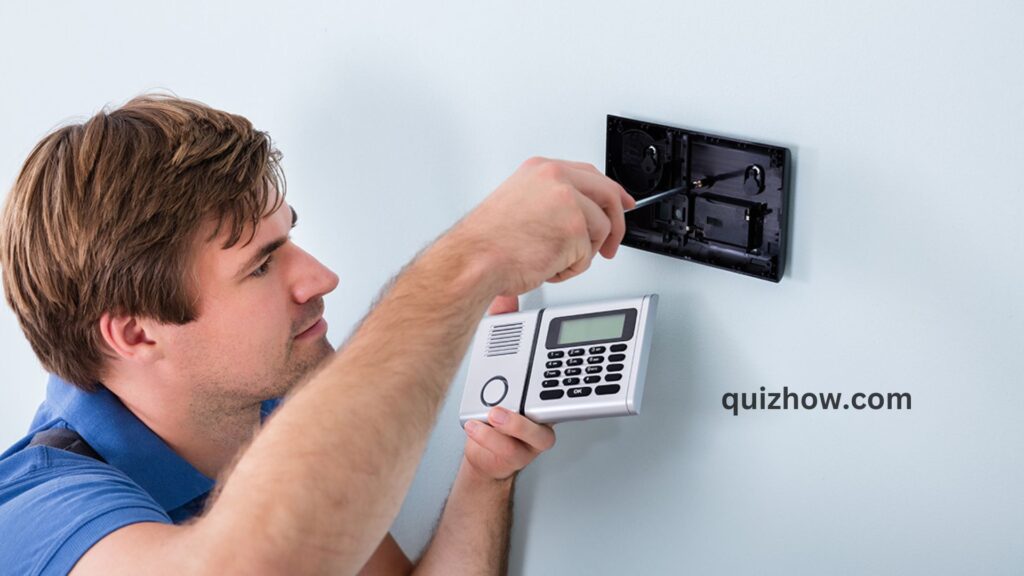
DIY Installation:
Pros:
- Cost Savings: The biggest perk of DIY is saving money. You won’t have to pay for professional installation.
- Flexibility: You can set up your devices at your own pace, whenever it’s convenient for you.
- Learning Experience: Installing devices yourself is a great way to learn about how they work and how to fix any issues.
Cons:
- Time-Consuming: DIY can take a lot of time, especially if you’re not familiar with smart tech.
- Technical Challenges: Some devices might be tricky to set up if you’re not tech-savvy.
- Limited Support: With DIY, you might not get much help if something goes wrong.
Professional Setup:
Pros:
- Expertise: Professionals know their stuff and can make sure everything is installed correctly and efficiently.
- Time-Saving: It saves you time and effort, so you don’t have to worry about the details.
- Ongoing Support: Pros often offer support and maintenance, keeping your system running smoothly.
Cons:
- Higher Costs: Professional installation can be pricey, which adds to the overall cost of your smart home project.
- Scheduling: It might be tricky to coordinate with installers, which could lead to delays.
Choosing the Right Approach:
Your decision depends on a few things. If you’re on a tight budget and comfortable with basic tech tasks, DIY might be the way to go. Start with simpler devices like smart plugs or bulbs to build your confidence.
On the other hand, if you’re setting up more complex systems like smart security or HVAC controls, investing in professional help could be worth it to ensure everything works perfectly from the start.
Balancing your budget, convenience, and comfort with technology will help you choose the best setup method for your smart home.
Integrating Devices and Building a Smart Ecosystem
To make sure your smart home runs smoothly, it’s important to connect your devices and build a system that works well together. Here’s how to set everything up effectively:
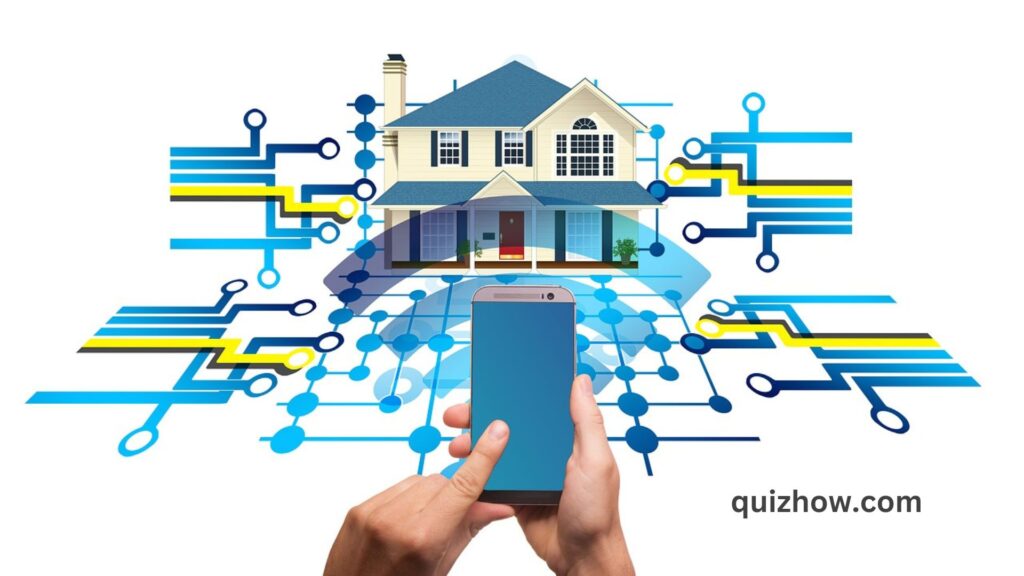
Centralize Control: Pick a central hub or smart assistant to manage all your devices. Popular choices include Amazon Echo, Google Nest Hub, and Apple HomePod. These hubs let you control multiple devices from one place, making it easier to manage your smart home.
Install Smart Devices: Follow the instructions that come with each device to set them up. Whether you’re installing smart bulbs, plugs, or thermostats, make sure each one is installed correctly and turned on. Most devices have companion apps that guide you through the setup process step-by-step.
- Connect to Wi-Fi: Make sure all your devices are connected to a stable Wi-Fi network. This helps them communicate reliably with the central hub. Also, protect your network with a strong password to keep your smart home secure.
- Configure Settings: Use the companion apps to adjust settings for each device. You can set schedules, routines, and preferences to match your lifestyle. For example, you can set your smart lights to turn on at sunset or program your thermostat to change temperature based on your daily routine.
- Check Compatibility: Ensure that your devices are compatible with your central hub or assistant. Look for compatibility labels and do some research before buying new devices to make sure they work well with your existing setup.
- Enable Interoperability: For a smooth experience, make sure different brands and types of smart devices can communicate with each other. Use a common platform like Amazon Alexa, Google Assistant, or Apple HomeKit to make this easier. Verify that your devices support these platforms to ensure they work together seamlessly.
- Test and Adjust: Once everything is set up, test your devices to ensure they work as expected. Make any necessary adjustments to improve performance. Also, keep your devices’ firmware updated to get the latest features and security improvements.
Creating a smart home isn’t just about connecting devices; it’s about making sure they work together smoothly. By focusing on compatibility and interoperability, you’ll build a smart home that’s efficient, reliable, and perfectly suited to your needs.
Maximising Energy Efficiency
To make your smart home more energy-efficient, which saves money on your utility bills and helps the environment, try these tips and devices:

Energy-Efficient Smart Devices:
- Smart Thermostats: Devices like the Google Nest Thermostat and Ecobee SmartThermostat adjust your heating and cooling automatically based on your schedule. They learn your habits and make changes to save energy when you’re not home.
- Smart Lighting: LED smart bulbs, like Philips Hue and Wyze, use much less energy than old-fashioned bulbs. You can program them to turn off when not needed or dim them during certain times to save energy.
- Smart Plugs: Smart plugs from brands like TP-Link and Kasa let you control when appliances use power. This helps prevent them from using energy when they’re not in use.
- Energy Monitoring Devices: Gadgets like the Sense Energy Monitor track how much energy you’re using in real time. This helps you spot which devices are using the most energy and where you can cut back.
Creating Smart Schedules and Routines:
- Optimize Heating and Cooling: Set your smart thermostat to lower the temperature when you’re sleeping or away. Adjust it gradually before you return so you’re comfortable without wasting energy.
- Automate Lighting: Schedule your smart lights to turn off during the day and on when it gets dark. Use motion sensors to make sure lights only come on when someone is in the room.
- Manage Appliance Usage: Schedule heavy appliances, like your washing machine and dishwasher, to run during off-peak hours when electricity is cheaper.
- Create Routines: Set up routines with your smart assistant to control multiple devices at once. For example, a “Goodnight” routine can turn off the lights, adjust the thermostat, and make sure all smart plugs are off with just one command.
Enhancing Home Security on a Budget
Boosting your home security doesn’t have to break the bank. There are plenty of affordable smart devices that offer solid protection without costing a fortune. Here are some budget-friendly options and tips to help you keep your home safe.
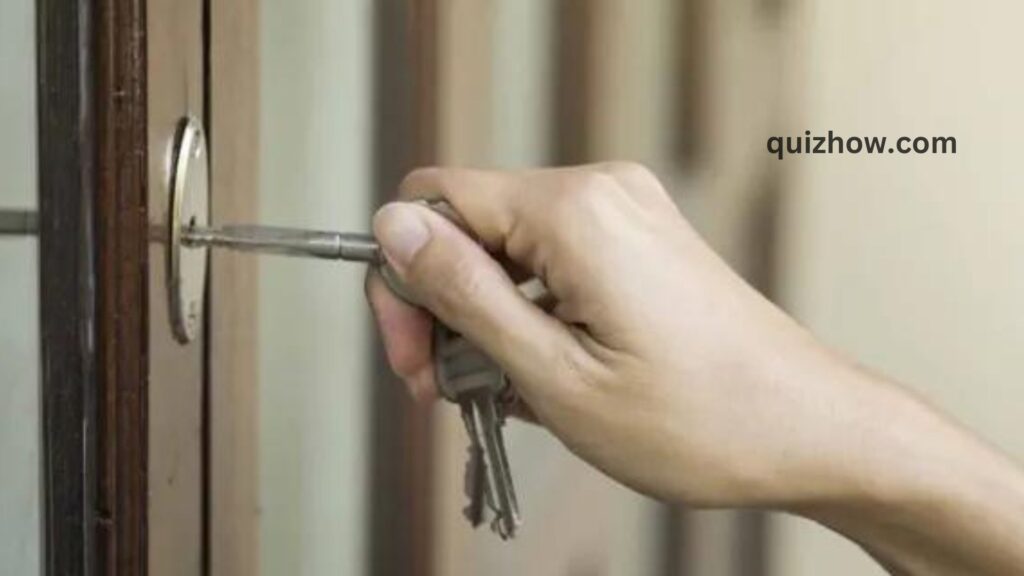
Affordable Smart Security Devices:
- Smart Cameras: The Wyze Cam v3 and Blink Mini are great options that provide clear video surveillance. They come with features like motion detection, night vision, and two-way audio, so you can keep an eye on your home day and night.
- Smart Doorbells: Affordable choices like the Ring Video Doorbell Wired and Eufy Security Video Doorbell let you see and talk to anyone at your door in real time. They also offer motion detection to alert you if someone’s approaching.
- Smart Locks: Budget-friendly locks like the Wyze Lock and August Smart Lock let you control your door locks remotely. These smart locks can be added to your existing deadbolts for an easy upgrade to your home’s security.
- Security Sensors: Cheap sensors from YoLink and Aqara can be attached to doors and windows to alert you when they open or close. They send notifications to your phone, so you’re always aware of potential security issues.
Enhancing Home Security Without Spending a Fortune:
- Use Existing Devices: Turn old smartphones or tablets into security cameras with apps like AlfredCamera. It’s a free way to add extra surveillance to your home.
- Improve Lighting: Install motion-sensor lights outside your home. These lights will turn on when they detect movement, making it harder for intruders to hide.
- Reinforce Entry Points: Simple upgrades like door braces, stronger locks, and window bars can make a big difference in your home’s security.
- Create a Security Routine: Get into the habit of checking that all doors and windows are locked before you leave the house or go to bed. You can use a smart assistant to set reminders for checking and locking all entry points.

Troubleshooting Common Issues
Setting up and using smart devices can sometimes be a bit tricky, but many common issues are easy to fix with a few simple steps. Here’s a guide to help you tackle some typical problems on your own.

Common Challenges:
- Connectivity Issues: One of the most common problems is connectivity. Smart devices need a strong Wi-Fi signal to work properly. If the signal is weak or unstable, your devices might disconnect or have trouble syncing with your smart home hub.
- Compatibility Problems: Getting all your devices to work together can be a challenge. Sometimes, devices aren’t compatible with your central hub or with each other, which can prevent them from functioning correctly.
- Installation Errors: If you’re setting up devices yourself, you might run into problems if the instructions aren’t followed exactly. This can cause devices to not work as expected.
- Software Glitches: Occasionally, smart devices can have software issues. Firmware updates might introduce new bugs or make devices unresponsive.
Tips and Resources for Troubleshooting:
- Check Connectivity: Make sure your device is close enough to your Wi-Fi router and that the signal is strong. If you’re still having trouble, consider using a Wi-Fi extender or mesh network to boost the signal.
- Verify Compatibility: Before buying new devices, check if they’re compatible with your existing system. Manufacturer websites or compatibility lists can help ensure everything will work together smoothly.
- Follow Installation Guides: Stick to the installation instructions provided by the manufacturer. Many companies offer detailed guides and video tutorials to help with setup.
- Update Firmware: Regularly check for firmware updates for your smart devices. Keeping them up-to-date can fix many issues and improve performance.
- Restart Devices: Sometimes, simply restarting your device or router can resolve connectivity and software problems.
- Use Online Resources: Check out online forums, user groups, and support websites for troubleshooting tips. Communities like Reddit’s r/smarthome and manufacturer forums are great places to find advice from other users who have faced similar issues.
Future-Proofing Your Smart Home
To keep your smart home setup up-to-date and ready for new tech, it’s important to plan for upgrades and expansions. Here’s how to make sure your system stays current and flexible:
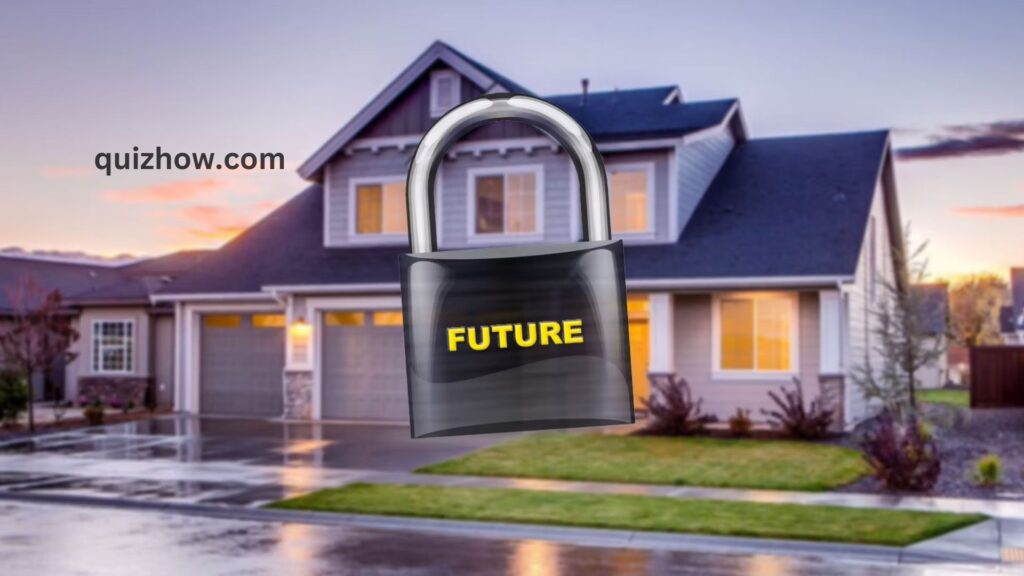
Planning for Upgrades and Expansions:
- Scalable Systems: Choose a smart home platform that grows with you. Go for hubs and systems like Amazon Alexa, Google Assistant, or Apple HomeKit. They’re known for being compatible with a wide range of devices, so you can easily add new ones as they become available.
- Modular Devices: Pick smart devices that you can upgrade piece by piece. For example, some smart lighting systems let you add more bulbs and sensors over time, so you don’t have to replace the whole system.
- Standardized Protocols: Look for devices that use common communication standards like Zigbee, Z-Wave, or Matter. These standards help different brands and types of devices work together smoothly, making it easier to integrate new tech.
- Regular Updates: Make sure your devices can get over-the-air updates. This way, they can receive the latest firmware and security fixes, which helps them perform better and last longer.
Emerging Technologies and Trends:
- Matter Protocol: Matter is a new standard designed to improve how different smart home devices work together. It should make adding new devices to your setup easier and more seamless.
- AI and Machine Learning: Advances in AI and machine learning are making smart home devices smarter. Future devices might offer better automation, predictive maintenance, and adaptive learning to fit your needs more closely.
- Energy Management Systems: As energy efficiency becomes more important, smart home systems that manage and optimize energy use will become more common. These systems help cut costs and reduce your environmental footprint.
- Enhanced Security Features: Keep an eye out for smart security devices with new features like facial recognition, behavioral analytics, and real-time alerts. These upgrades promise to boost your home security even further.
- Integration with Wearables: The trend of connecting smart home tech with wearable devices is growing. This integration can make home automation more personalized and responsive to your habits and preferences.


